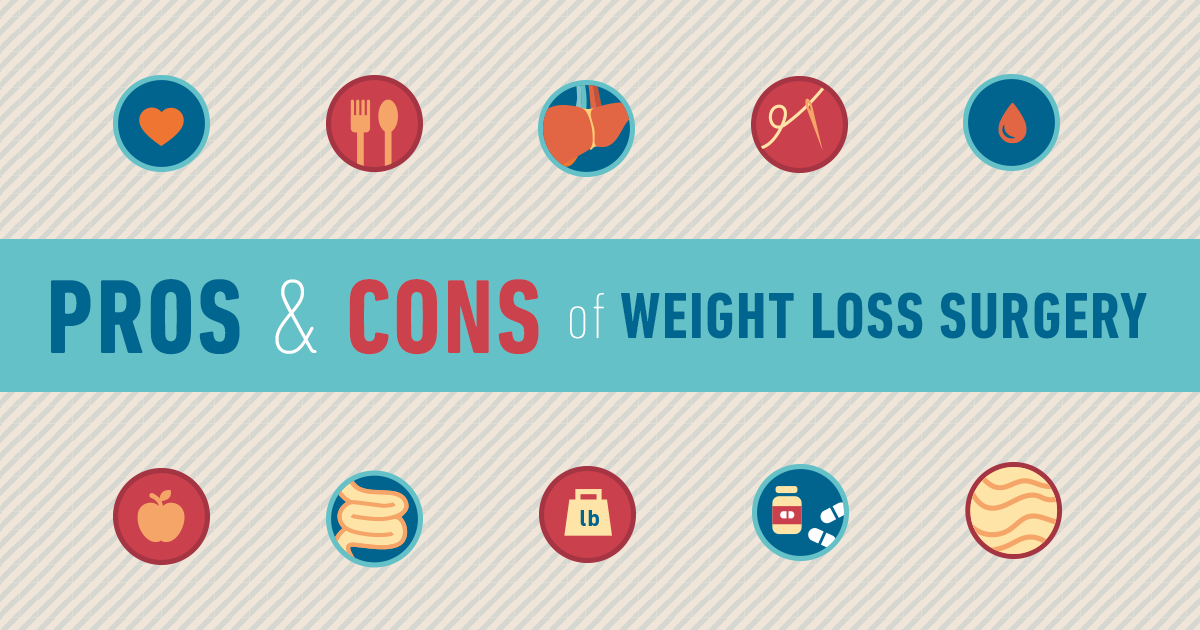Author-Mohamad Kjellerup
If you're taking into consideration vision adjustment, you may be weighing the pros and cons of PRK. This procedure uses unique advantages, especially for those with distinct eye conditions. It's important to comprehend just how PRK works and what you can reasonably expect from the results. What if this alternative could result in more clear vision without the dangers associated with various other approaches? Allow's discover the benefits and see if PRK is the best fit for you.
Understanding PRK: Just How It Works and What to Expect
When you consider PRK (Photorefractive Keratectomy) as a vision improvement option, it's essential to recognize how the treatment functions and what you can anticipate throughout the procedure.
PRK reshapes your cornea utilizing a laser to enhance focus, comparable to LASIK but without producing a flap. First, https://www.google.com/search?q=Waite+Vision&ludocid=703540831302629636&lpsid=CIHM0ogKEICAgICT6aq9Dg&source=sh/x/localposts/m1/1&lsig=AB86z5XYfX6bmBxLo0o63EhUnoed&shndl=-1&shem=sdl1pl&kgs=be3e037034e889f6 will numb your eye and get rid of the outer layer of corneal cells, permitting the laser to do its work. You'll really feel minimal discomfort, and the treatment generally lasts around 10 mins per eye.
Afterward, you'll put on a safety get in touch with lens while your eye heals. Expect some discomfort and fuzzy vision in the initial days, but a lot of patients discover considerable renovations within a week.
Following your doctor's aftercare instructions is crucial for optimal recovery.
Benefits of PRK: Why It May Be the Right Choice for You
If you're seeking a reliable vision improvement option, PRK provides several compelling advantages that might make it the appropriate selection for you.
One significant advantage is that PRK is ideal for those with thinner corneas, as it does not entail reducing a flap like LASIK. This suggests much less risk of complications associated with flap-related problems.
PRK additionally deals with https://www.newsweek.com/lasik-eye-surgery-prk-costs-side-effects-issues-problems-benefits-review-628775 of vision troubles, including greater levels of nearsightedness and astigmatism.
You'll value that the procedure has a tested record for security and efficiency, with several clients achieving 20/25 vision or better.
And also, because PRK removes the outer layer of the cornea, it can bring about a more stable long-term end result, reducing the chances of regression.
Recovery and Long-Term Outcomes: What to Prepare for After the Procedure
After considering the various advantages of PRK, it's important to comprehend what healing appears like and what you can expect in the long-term.
At first, your vision may be fuzzy, and you could experience discomfort or level of sensitivity to light. This usually enhances within a few days. You'll need to prevent strenuous activities and use protective eyewear during the healing process.
In the weeks adhering to the procedure, your vision will slowly support, typically reaching its finest quality around 3 to six months post-surgery. Regular examinations with your ophthalmologist will assist monitor your progression.
Most patients enjoy resilient results, with many accomplishing 20/25 vision or better. Remember that private experiences may vary, however most discover PRK worth the delay.
Conclusion
Finally, PRK uses a reliable solution for vision improvement, particularly if you have thinner corneas or greater nearsightedness. With its tried and tested security and effectiveness, many people achieve exceptional outcomes. While you'll experience some discomfort throughout recuperation, the long-lasting benefits and improved vision top quality can make it a beneficial financial investment. If you're considering your alternatives, PRK could be the best selection for you, leading the way for clearer view and a brighter future.

